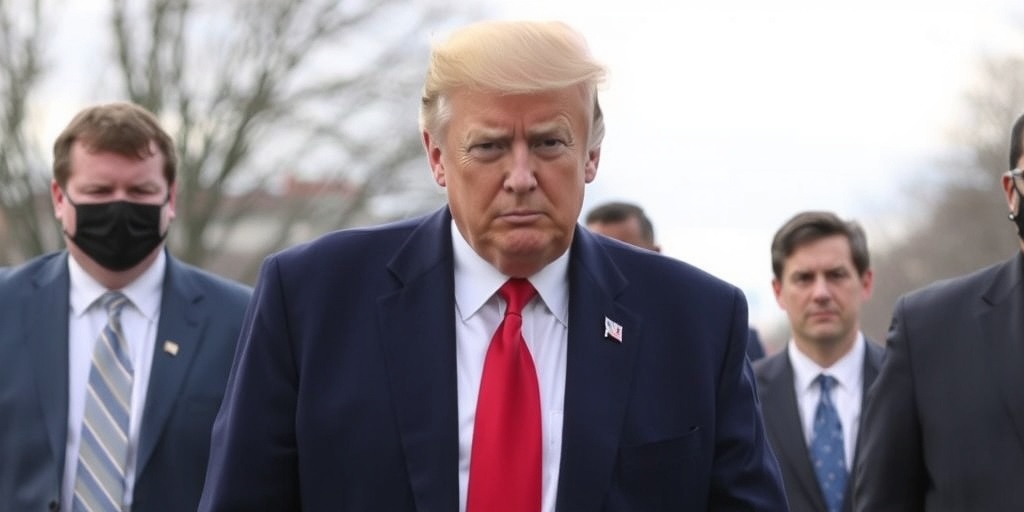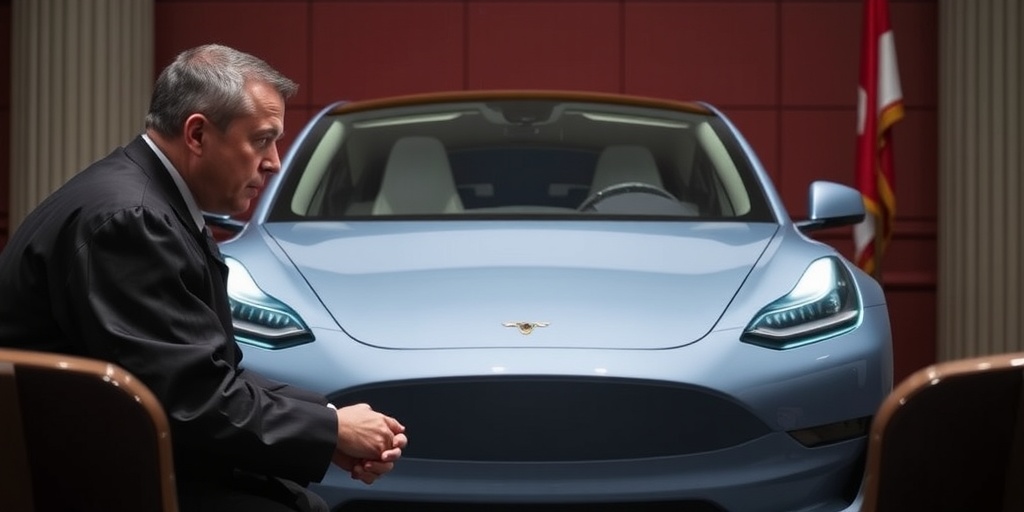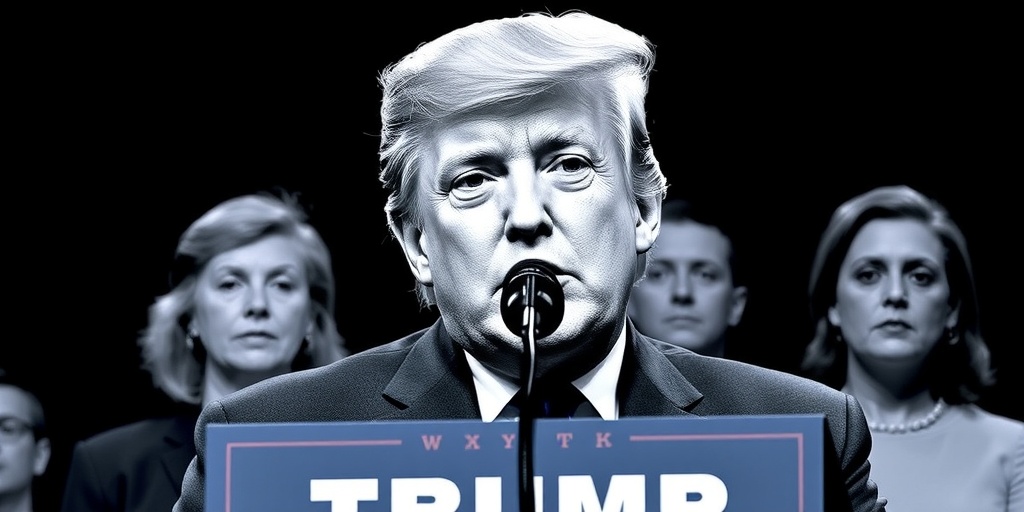Now Reading: VA to Cut Over 80,000 Jobs
-
01
VA to Cut Over 80,000 Jobs
VA to Cut Over 80,000 Jobs

Department of Veterans Affairs Plans Massive Workforce Reduction Amid Escalating Federal Cuts
The Department of Veterans Affairs (VA) has announced plans to significantly reduce its workforce by over 80,000 employees, as stated in a memo reviewed by The New York Times. This move is part of President Trump’s broader initiative to streamline federal bureaucracy. The memo outlines a strategy that would decrease the VA’s workforce from its current figure of approximately 482,000 employees to a targeted total of 399,957.
Initially reported by Government Executive, the memo indicates various methods that might be employed to achieve these cuts, including offering voluntary early retirement options and severance payments. However, past attempts to encourage voluntary departures fell short of the Trump administration’s ambitious goal to drastically downsize the federal workforce. This has raised concerns about the potential impact on the quality of services provided to veterans.
Despite requests for clarification, the Department of Veterans Affairs has not offered any comment on this controversial plan. Doug Collins, the current Secretary of Veterans Affairs, previously asserted that such workforce reductions would not affect the essential services or benefits available to veterans. This stance, however, is already facing skepticism, particularly as earlier cuts have drawn political backlash from both Democratic lawmakers and some Republicans.
The proposed staff reductions represent a significant escalation of already implemented downsizing measures at the VA, which plays a critical role in delivering healthcare to military veterans. Notably, the Trump administration has previously terminated more than 2,400 VA employees, prompting criticism from various quarters, particularly regarding the long-term implications for veteran services.
Democratic leaders have expressed strong disapproval, asserting that aggressive budget cuts have already compromised certain services for veterans. They point to legislation signed by President Biden that aims to expand the veterans’ benefits system—legislation that has necessitated hiring additional staff to fulfill these expanded obligations.
Senator Richard Blumenthal, who serves as the leading Democrat on the Veterans’ Affairs Committee, characterized the plan as a “shameful betrayal.” He accused the Trump administration of intentionally undermining the VA’s capacity to meet veterans’ needs to justify the privatization of services traditionally provided by the department.
The VA’s mandate extends beyond healthcare. It is responsible for overseeing various medical research projects, managing veterans’ benefits programs—including pensions, home loans, banking, insurance, job training, and education funding—and maintaining the nation’s military cemeteries. Additionally, the department investigates fraud instances within the veterans’ benefits system. Each of these programs requires a diverse array of personnel, including administrators, medical professionals, technicians, and support staff, to function effectively.
The specific areas affected by the proposed layoffs remain unclear, as the VA has yet to conduct a comprehensive agency-wide analysis to determine which roles will be subject to elimination. The memo notes that an in-depth evaluation will be necessary to propose an actionable plan detailing when and how these job cuts will be executed.
Compounding the uncertainty is the fact that Collins had previously indicated that around 300,000 employees, which includes operators of critical services like the Veteran Crisis Line, were classified as “mission critical.” If this designation holds, the forthcoming 80,000 job cuts would need to be sourced from an estimated pool of about 182,000 non-mission critical employees, resulting in nearly 45 percent of that workforce potentially being affected.
As the VA grapples with the implications of these proposed workforce reductions, the future of veteran care hangs in the balance. Stakeholders inside and outside the VA are watching closely, as the ramifications of these cuts unfold and their impact on the quality of services for veterans becomes more pronounced. The battle over the future of the VA and the services it provides is likely to be a contentious point in forthcoming political discussions, further highlighting the tension between calls for fiscal responsibility and the need to adequately support those who have served in the military.
Stay Informed With the Latest & Most Important News
Previous Post
Next Post
-
 01New technology breakthrough has everyone talking right now
01New technology breakthrough has everyone talking right now -
 02Unbelievable life hack everyone needs to try today
02Unbelievable life hack everyone needs to try today -
 03Fascinating discovery found buried deep beneath the ocean
03Fascinating discovery found buried deep beneath the ocean -
 04Man invents genius device that solves everyday problems
04Man invents genius device that solves everyday problems -
 05Shocking discovery that changes what we know forever
05Shocking discovery that changes what we know forever -
 06Internet goes wild over celebrity’s unexpected fashion choice
06Internet goes wild over celebrity’s unexpected fashion choice -
 07Rare animal sighting stuns scientists and wildlife lovers
07Rare animal sighting stuns scientists and wildlife lovers





















